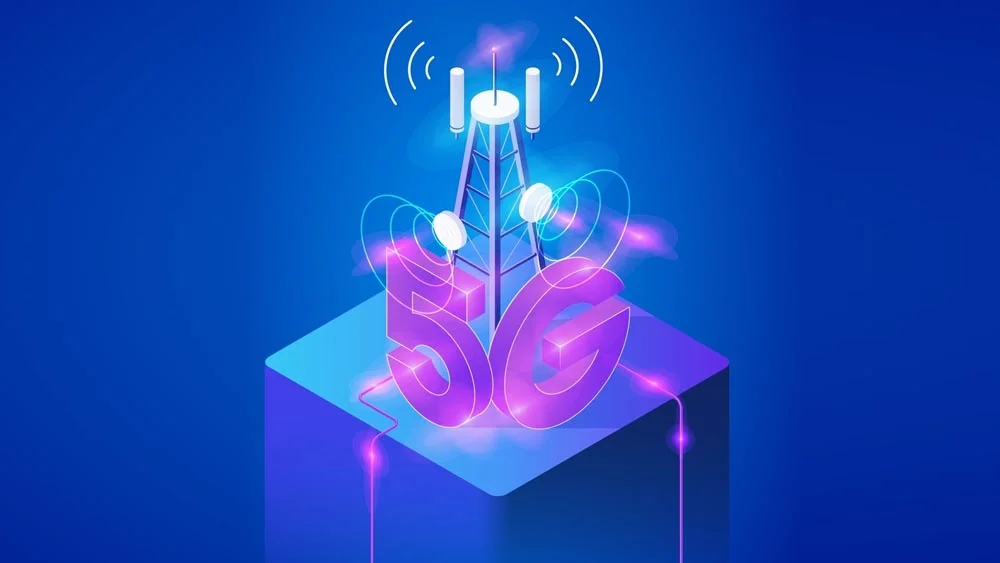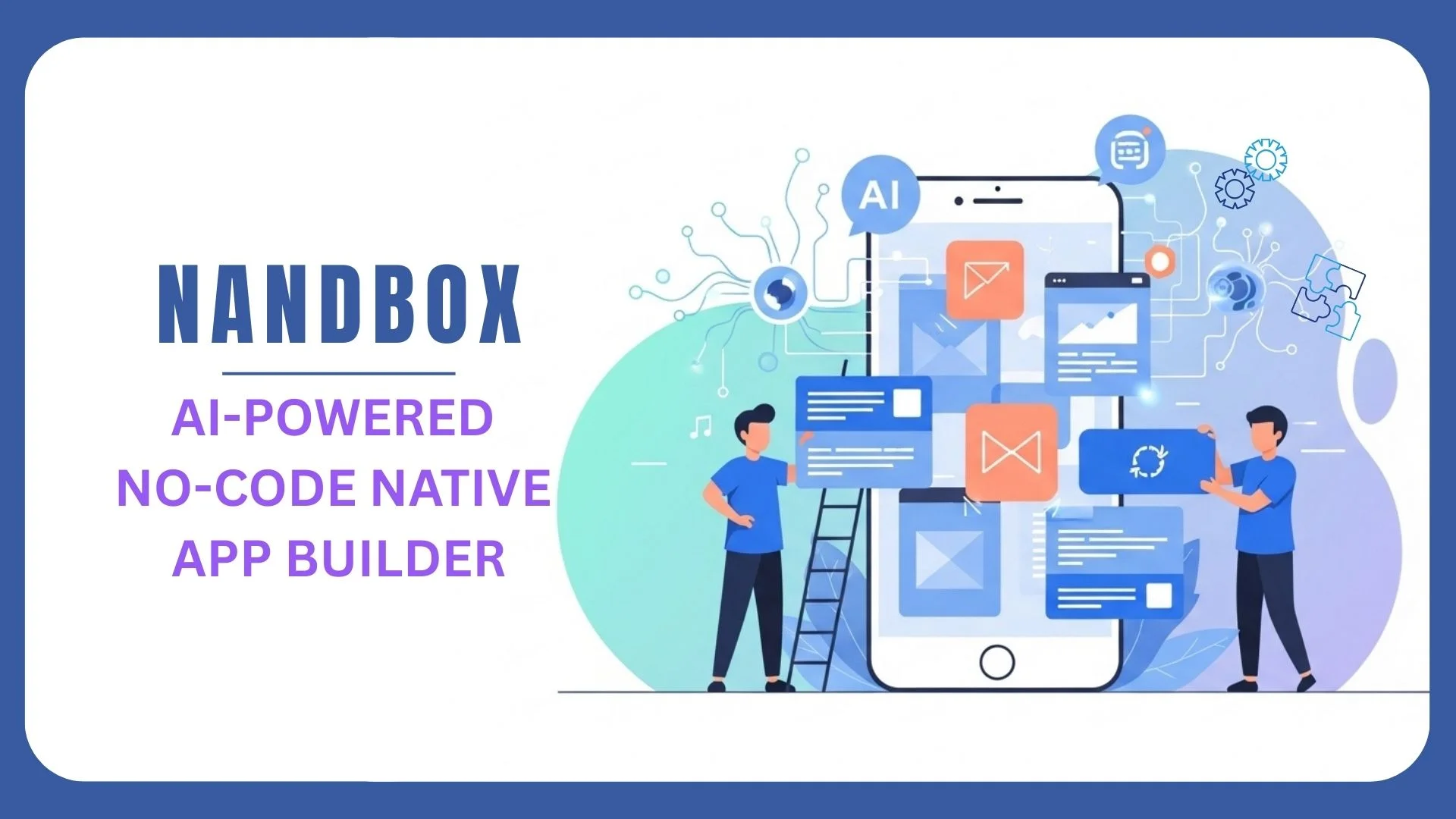Virtualization is a modern concept that has turned our world upside down. Companies use this form of resource division to improve data utilization and overall efficiency. By relying on virtualization on a system level, you’re able to implement several instances of OS without having numerous servers. In this article, we’ll explain the impact of virtual networks and containerization and how all of this applies to 5G networks.
Containerization and 5G
In the last year or so, we’ve seen much faster adoption of 5G technology across the world. While the concept existed for quite a while, engineers had to make numerous changes to it as a way of adapting to the needs of modern users. Even today, as we’re looking to slowly introduce 6G, people still work on 5G-related tech.
Despite all its benefits, this generation of mobile networks experienced a few major bumps in the road. Engineers are still looking for ways to maximize the potential of IaaS tech to improve the security, flexibility, and profitability of 5G.
The main breakthrough happened when we started using virtual machines on the cloud. Businesses had to implement an orchestration layer as a way of reducing costs associated with 5G networks. Even then, we still had to tackle issues pertaining to resource utilization. Eventually, the solution was found with container architecture or CNFs.
Comparing Virtual Machines and Containers
One of the biggest advantages of containers is their simplicity. They allow you to wrap an app together with dependencies and turn them into a single package. Then, you can use the package and process it as a single distinct entity.
It’s worth mentioning that there are many similarities between virtual machines and containers. In terms of differences, containers already have kernel OS, which means you only have to package the app. On the other hand, virtual machines require you to install the whole OS on top of the app.
Despite these issues, virtual machines aren’t completely inferior. This type of technology is much less resource-dependent while also being easier to transport and faster to start.
Still, containers are a much better choice for 5G as they ensure low latency and high bandwidth. By maximizing these features, the entire network is better equipped to tackle traffic spikes. Containers also support 5G NRF capabilities via the cloud.
Building 5G SA
CNFs, or Containers Network Functions, are a vital technology that allows 5G to work as intended. Containers serve as a building block of a cloud-native environment, which makes them critical for the deployment of modern mobile networks.
By using CNFs, you’re able to separate different functions and services into specialized packages, all with their particular functionality. We also refer to these packages as stand-alone microservices. One of CNFs’ main traits is their facilitation of the DevOps cycle.
The transformation of a cloud-native network, supported through containerization, creates the basis that allows CSPs to penetrate vertical markets. Relying on cloud-native edge deployment, 5G providers can make money by using different ways.
Some of the biggest global companies, such as Rakuten Mobile, AT&T, and BT, have shared their excitement and willingness to continuously invest in containers. By relying on this technology, the previously mentioned businesses are switching to more advanced cloud solutions.
When to Use Containers?
Although containers are a technology that has been around for several years, we still don’t understand its full potential. Both telecommunication businesses and other companies have tinkered with the tech in an attempt to improve their offer. Here are some of the best (and worst) ways to use containers.
Best Uses
Containers provide the biggest benefits when implemented on a network’s edge level. In these situations, they increase resiliency and portability and lower latency where it’s most required. Based on everything we know so far, containerization, as a concept, excels for short-lived services. As such, containers are a dream come true for agile app deployments.
Given their ability to split resources into smaller parts, they are vital for ML tech. Having in mind the rise of AI and ML solutions, it’s no wonder that the containers’ popularity has risen significantly in the last few years.
Worst Uses
Alas, containers are not always the best solution for 5G providers. They lack centralized NFV deployment, which is vital for these services. Still, telecommunication companies are willing to explore this technology further and invest in its development.
A specific thing about containers is that they hinge on loosely coupled services. As a result, they’re not the best choice for legacy application domains.
Container Use Cases in the Telecom Industry
Despite a few hiccups, telecommunication businesses are willing to switch from virtual machines to containerization models. According to Vodafone’s representatives, implementing containers has allowed them to boost resource utilization by 40%.
On the other hand, Comcast’s representatives claim that the company managed to save a lot of time with this tech. Containers helped their teams separate apps from the base infrastructure. In turn, this made it easier to alter the underlying infrastructure without introducing any changes to the applications.
AT&T also shared their excitement with the tech. Like many other businesses, this brand implemented containers into their daily workflow. The tech allows their teams to improve their software development process but also extends from to customer premises. By relying on containers, AT&T experienced major improvements to network operations’ reliability, agility, and redundancy.
Last Thoughts
Containerization is vital for modern 5G providers. It addresses some of the burning questions regarding resource utilization and allows apps to run in separate spaces known as containers. Even better, containers can be used in both cloud and non-cloud environments, providing them with unprecedented flexibility.
Unfortunately, there are still a few issues plaguing this tech. Given that the containers rely on the same OS, a single threat can send shockwaves throughout the system, affecting all apps. Furthermore, while a security scan will address any OS-related issues, it won’t help with application containers, adding to their vulnerability.




